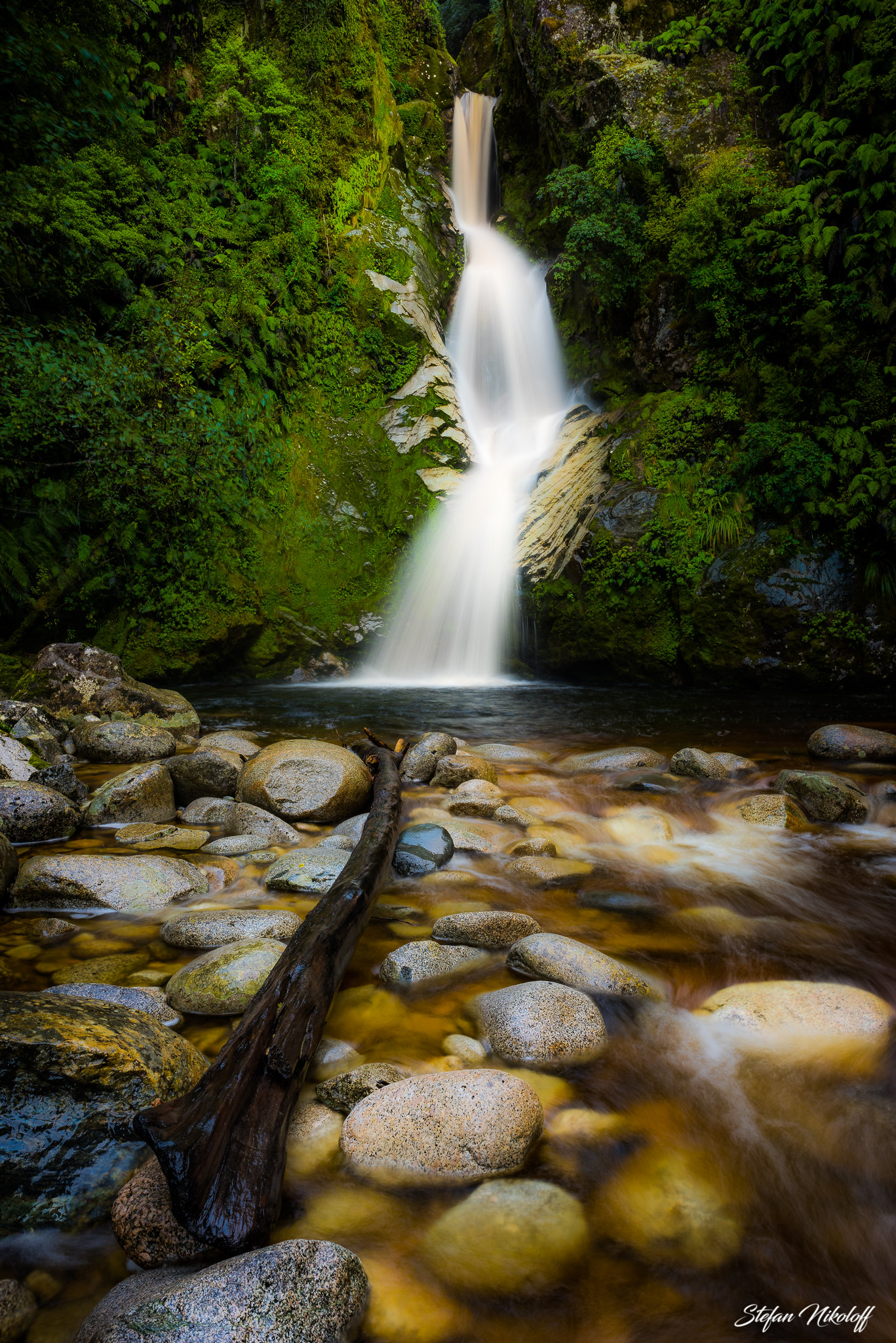When backpacking, having access to a reliable source of clean water is essential. Unfortunately, this is not always available, making it necessary to purify water in the wild.
There are a number of ways to do this, but which is the best? Let’s take a look at the options.
Boiling
Boiling is one of the oldest and most reliable methods for purifying water. All you need is a heat source and something to boil the water in.
Once brought to a rolling boil for at least one minute, the water will be safe to drink. This method has been used since ancient times and remains effective today.
Chemical Purification
Chemical purification involves adding special chemicals to the water that kill bacteria and viruses. Chemicals such as iodine or chlorine tablets are widely available and easy to use. These tablets are inexpensive and light weight, making them ideal for backpacking trips.
Ultraviolet Light
Ultraviolet (UV) light is another popular option for purifying water. With this method, you pass ultraviolet light through a container of contaminated water, which destroys pathogens without adding any chemicals or altering the taste. UV devices are small and lightweight, but they require batteries and can be expensive.
Conclusion
When it comes to purifying water for backpacking trips, boiling remains one of the most reliable methods. It may not be as convenient as chemical or UV treatments, but it is effective and inexpensive.
For those who want a more convenient solution, chemical purification or UV treatment may be the best option. Ultimately it comes down to personal preference and what works best for each individual situation.

